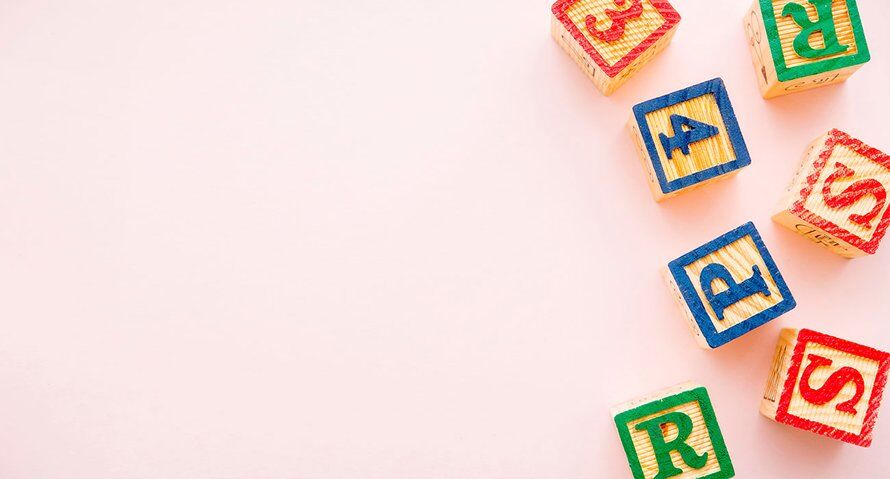this is what your child learns in group 1 and 2
Image: Shutterstock
You blink three times and suddenly you have a schoolchild. Soon your toddler will come home with a thousand new impressions, skills and fun memories. Good to know: this is what your child learns in groups 1 and 2.
We’ll sort it out.
Contents
This is what children learn in groups 1 and 2
Suddenly the time has come: your 4 or 5 year old is going to primary school. Well, that’s quite a thing for most children (and parents!). In most schools they end up in a combination class, where groups 1 and 2 come together. Before they really start learning, they often have to get used to it for a morning or afternoon. And as with everything, some people do it faster than others. Advantage: your child is only obliged to attend school from the age of five, so you can safely keep him at home. Is your child going to primary school soon? Some of the skills they learn:
A lot of numbers
Maybe your toddler has already practiced with it at home, but otherwise he will learn it in groups 1 and 2: counting. In group 1 this goes to ten, in group 2 to twenty. And if that all goes smoothly, your child will also learn to count back, add, and subtract. They also recognize quantities, for example three apples or two hugs, without counting. Just like reading and writing the numbers themselves. What they also learn is comparing (something is bigger, smaller, more or less), recognizing familiar shapes and colors, terms like ‘front’ and ‘back’, the days of the week, distances, times and they go carefully. working with coins and banknotes. A lot is done in a playful way, by crafting, building or singing songs. They are, after all, toddlers.
Good vocabulary
Most children who go to group 1 or 2 are easy to understand. The aim is to considerably expand this vocabulary in the first years of primary school. For example, at the end of group 1 your child will know about three thousand words and by the end of group 2 even seven thousand. But hey, nobody checks that, of course. They learn all these new words while reading, singing songs, role-playing and rhyming games. Oh, and where does that familiar (and sometimes annoying) “why” question come from? Well, they learn that curiosity in group 1. They also practice recognizing letters in their own name and copy them. In group 2, that knowledge goes a bit further. For example, they learn to conjugate verbs from the present tense to the past tense and their stories get more and more shape, with beginning and end (also nice for you). In addition, preschoolers are engaged in preparatory reading, which – as the word suggests – is a good preparation for learning to read in group 3. This also means that, usually halfway through group 2, they learn to cut and paste, in other words: the word First cut into pieces and then stick together.
Also read: Stop time: everything about the development of your child by age
Social, societal and cultural
Learning in groups 1 and 2 goes further than just math and language. For example, the toddlers tinker a lot with different materials, such as paper and paint. They also discover a few things about music by listening to it or experimenting with it themselves. Many doors are opening in the social field. In groups 1 and 2, your child learns to work together, to help others, to wait his turn and to recognize the feelings and emotions of himself and classmates. In addition, preschoolers discover more about the world around them: about seasons, animals and plants, landscapes, the weather and elements such as water and sand. Finally, exercise is a big part of primary school. Important, because in the schoolyard or during PE lessons they playfully practice gross motor skills, balancing, climbing and jumping. Moreover, it is of course very healthy.
Source: Education consumer, Parents of Now, Wij
Receive Kek Mama every month with a discount and shipped for free to your doorstep! Subscribe now and pay only € 4.19 per edition.



